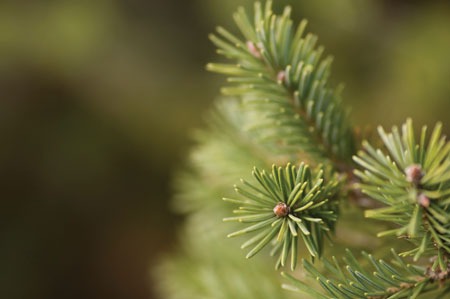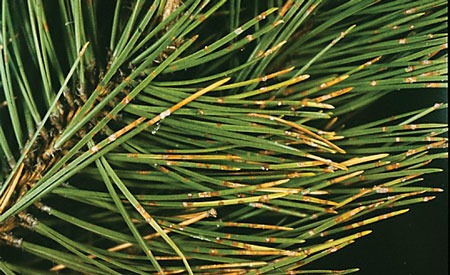Evergreen Management


Spruce needlecast
Spruce trees that are stressed from drought, or poor planting practices are more susceptible to needlecast. Differentiating needlecast from the normal needle loss as spruce mature is very important to a successful treatment protocol. Needlecast treatments are effective, but they require patience. We use two fungicide sprays in the spring to protect newly formed needles. At least two, more typically three years of treatments are necessary to get adequate control of the fungus. There is simply no quick fix when it comes to spruce needlecast fungi.
Dothistroma Needlecast
Treatments involve two well timed fungicide sprays in the late spring to early summer. Several years of treatment may be necessary depending on the severity of the infection.
Sphaeropsis tip blight (Diplodia)
Treatment involves three well timed sprays throughout the spring and summer. Fertilization with nitrogen can make the tree more susceptible to Diplodia.
